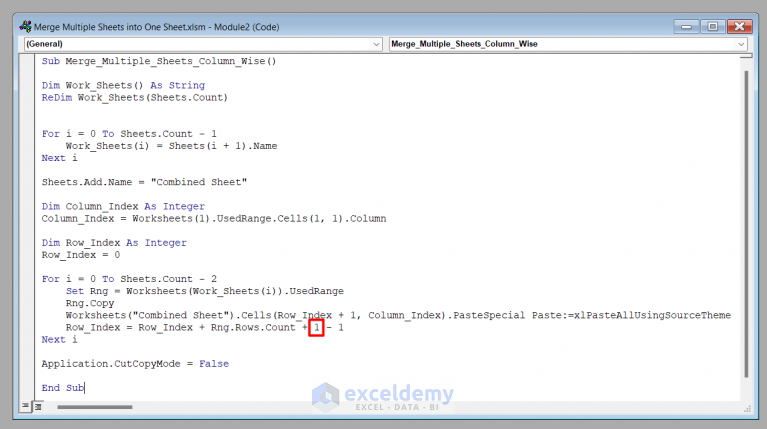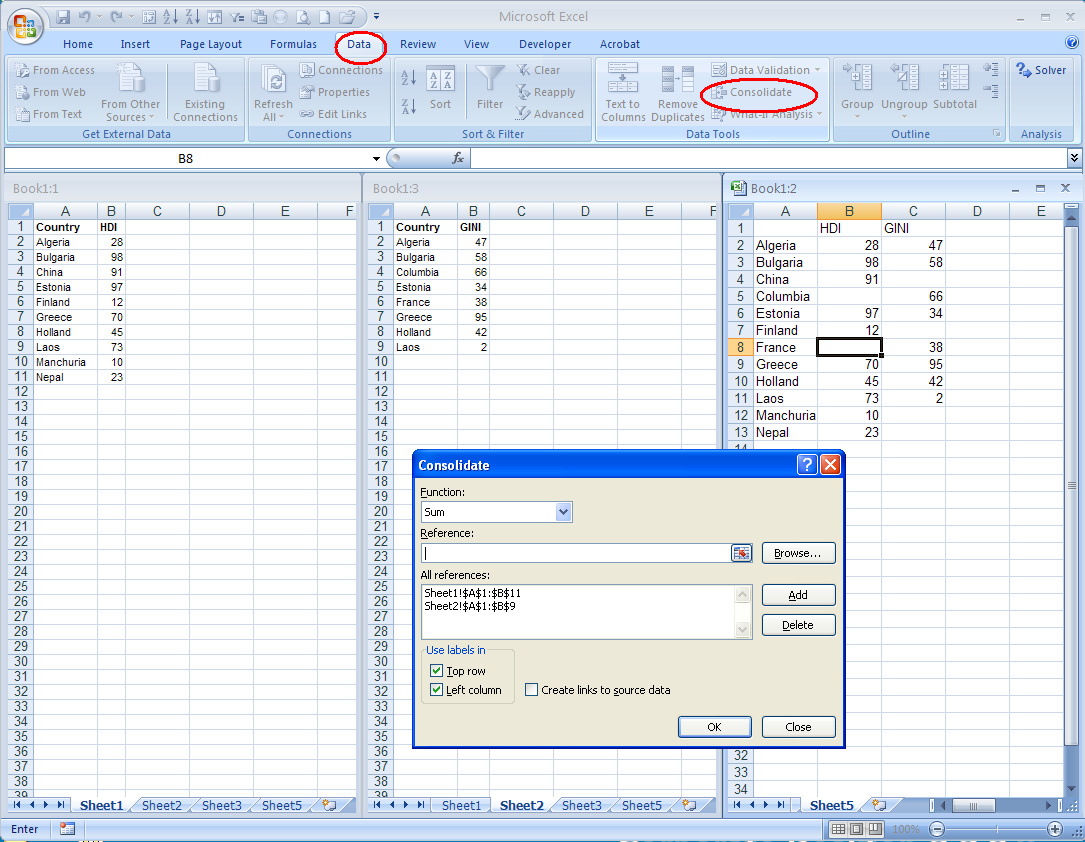Merge Excel Sheets Online: Simple Guide

In today's fast-paced world, managing and organizing data has become a critical task for both personal and professional needs. One of the challenges often faced when dealing with spreadsheets is how to combine or merge Excel sheets efficiently. Whether you're consolidating financial reports, aggregating sales data, or compiling survey results, merging spreadsheets can streamline your data management process. This guide will take you through the steps to merge Excel sheets online using tools that simplify this process, saving you time and effort.
Why Merge Excel Sheets Online?

Before diving into the how-to, let's understand the benefits of using an online service to merge Excel sheets:
- Convenience: No software installation is required; access these tools from any device with an internet connection.
- Cloud Storage Integration: Many online platforms allow direct merging from cloud storage services like Google Drive, Dropbox, and OneDrive.
- Collaboration: Online tools often support real-time collaboration, making it easier for teams to work together.
- Version Control: Merging files online can automatically keep track of different versions, reducing the risk of data loss or mix-ups.
- Cost Efficiency: Often, these services are free or have affordable premium options for businesses.
How to Merge Excel Sheets Online

Here's a detailed step-by-step guide on how to merge Excel sheets online:
Step 1: Select the Right Tool

There are numerous online tools designed to merge Excel files. Choose one that:
- Offers file size compatibility with your data.
- Has a user-friendly interface.
- Supports your required file format (xlsx, csv, etc.).
- Provides privacy and security features for your data.
Step 2: Upload Your Excel Files

Once you've chosen your tool:
- Click on the upload button or drag-and-drop your Excel sheets to the site.
- If the tool supports cloud storage, connect your accounts to import files directly.

Step 3: Select How to Merge

Most online tools offer different merging options:
- Append or Concatenate: Adds rows from one sheet to another at the bottom.
- Column Merge: Combines columns from different sheets.
- Consolidate: Aggregates data based on a key or set of criteria.
⚠️ Note: Ensure that all sheets have matching structures if you're performing a row-by-row merge to avoid data misalignment.
Step 4: Specify Merge Options

Here you can:
- Set key columns to match data.
- Choose how to handle duplicate entries.
- Decide on which sheet to start the merge process.
Step 5: Execute the Merge

After setting your options:
- Click on the merge button or equivalent action.
- Wait for the tool to process the data.
Step 6: Download the Merged Excel File

Once the merging process is complete:
- Download the new file to your local machine.
- Or choose to save it directly to your cloud storage.
📚 Note: Remember to check for any errors in the merged data, especially if the source files had discrepancies in structure or naming conventions.
What to Consider When Merging Excel Sheets

Here are some key considerations to keep in mind when merging Excel sheets online:
Data Integrity

- Check for data consistency across sheets before merging.
- Ensure that no crucial data is lost during the merge.
File Size and Performance

- Be aware of file size limitations, as large files might not be supported by all tools.
- Performance might be affected by the complexity of the data or the merge process itself.
Security and Privacy

- Ensure the online tool you're using has robust privacy policies and secure file handling.
- Do not upload sensitive data unless you're confident in the tool's security measures.
By considering these factors, you can ensure a smooth and successful merge of your Excel sheets, enhancing your data management capabilities.
Wrapping Up

Merging Excel sheets online can significantly simplify your data management tasks, providing benefits in terms of convenience, collaboration, and efficiency. This guide has walked you through selecting the right tool, the actual process of merging, and what to consider for an optimal outcome. Now you're equipped to streamline your work with Excel, whether it's for personal projects, business analytics, or team coordination. Remember, understanding the specifics of your data and the capabilities of your chosen tool will always guide you to the best merge strategy.
Can I merge Excel files with different column structures?

+
Yes, many online tools provide options for merging sheets with varying structures. However, you might need to manually align or specify the columns to merge if the structures differ significantly.
What if my Excel files are too large to upload?
+Some tools have size limits; in such cases, consider splitting your files, or look for services that support larger file uploads or direct cloud storage integration.
How can I ensure the privacy of my data?
+Choose tools with clear privacy policies, secure file handling, and check for certifications like ISO 27001 for data security standards.
What happens if there are duplicate entries during the merge?
+Most tools offer options to either keep duplicates, sum, or perform a more complex operation on duplicate entries. Choose your merge settings accordingly to manage duplicates as needed.



